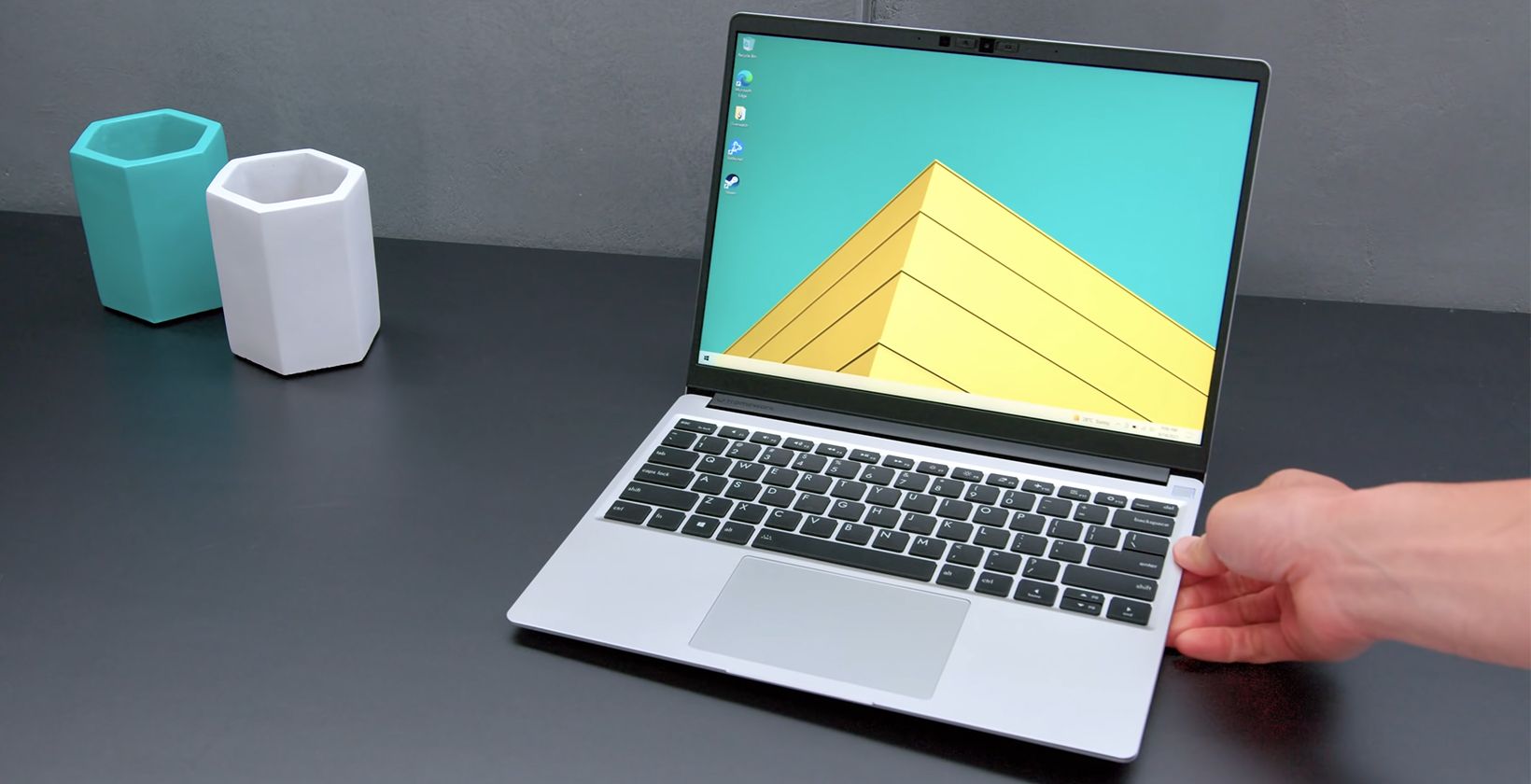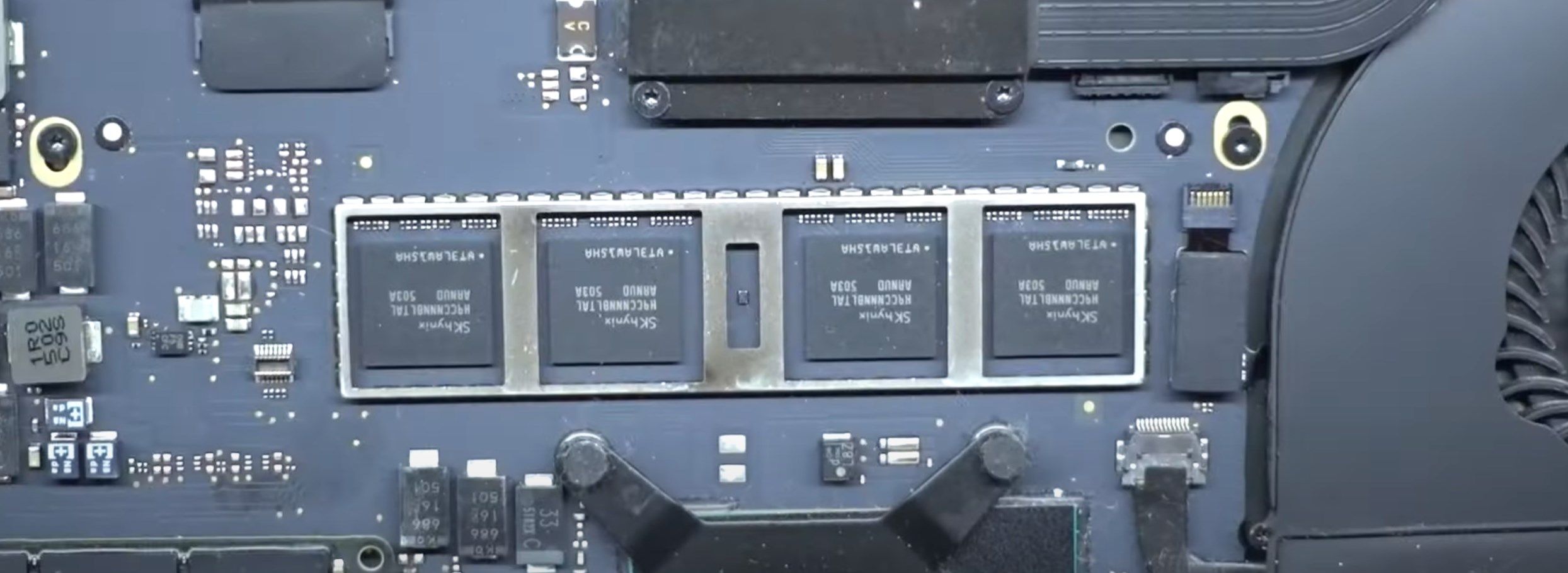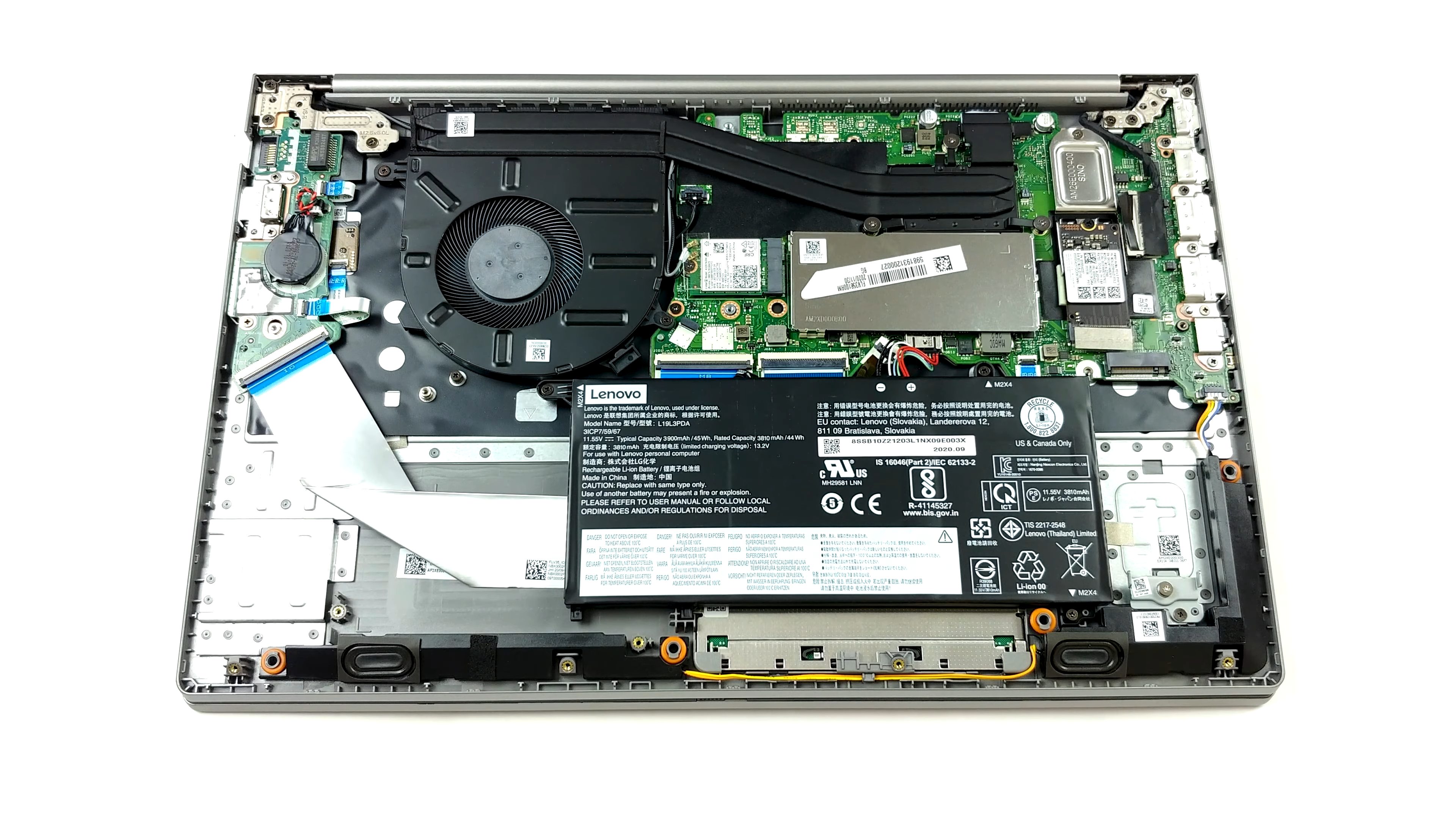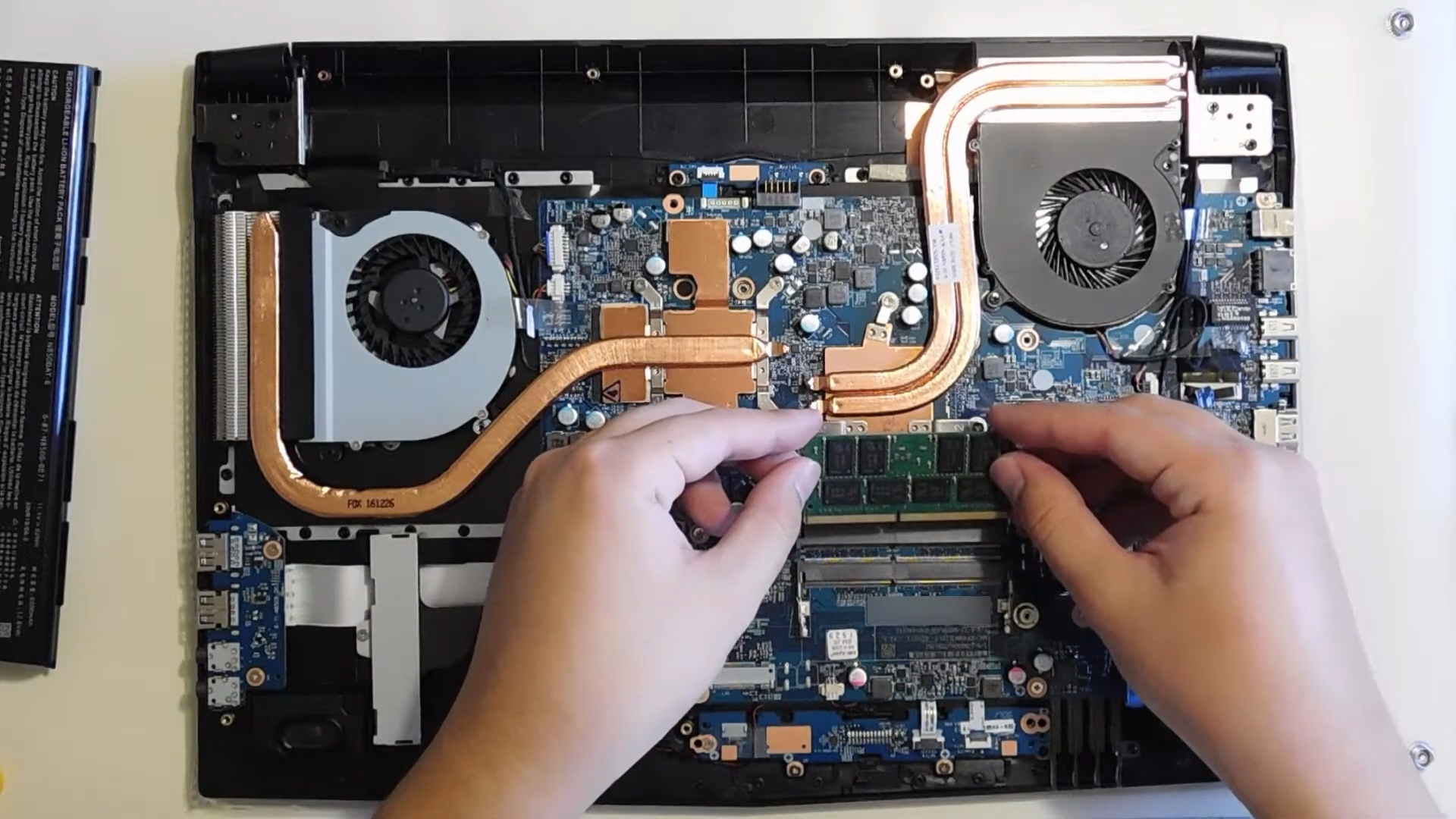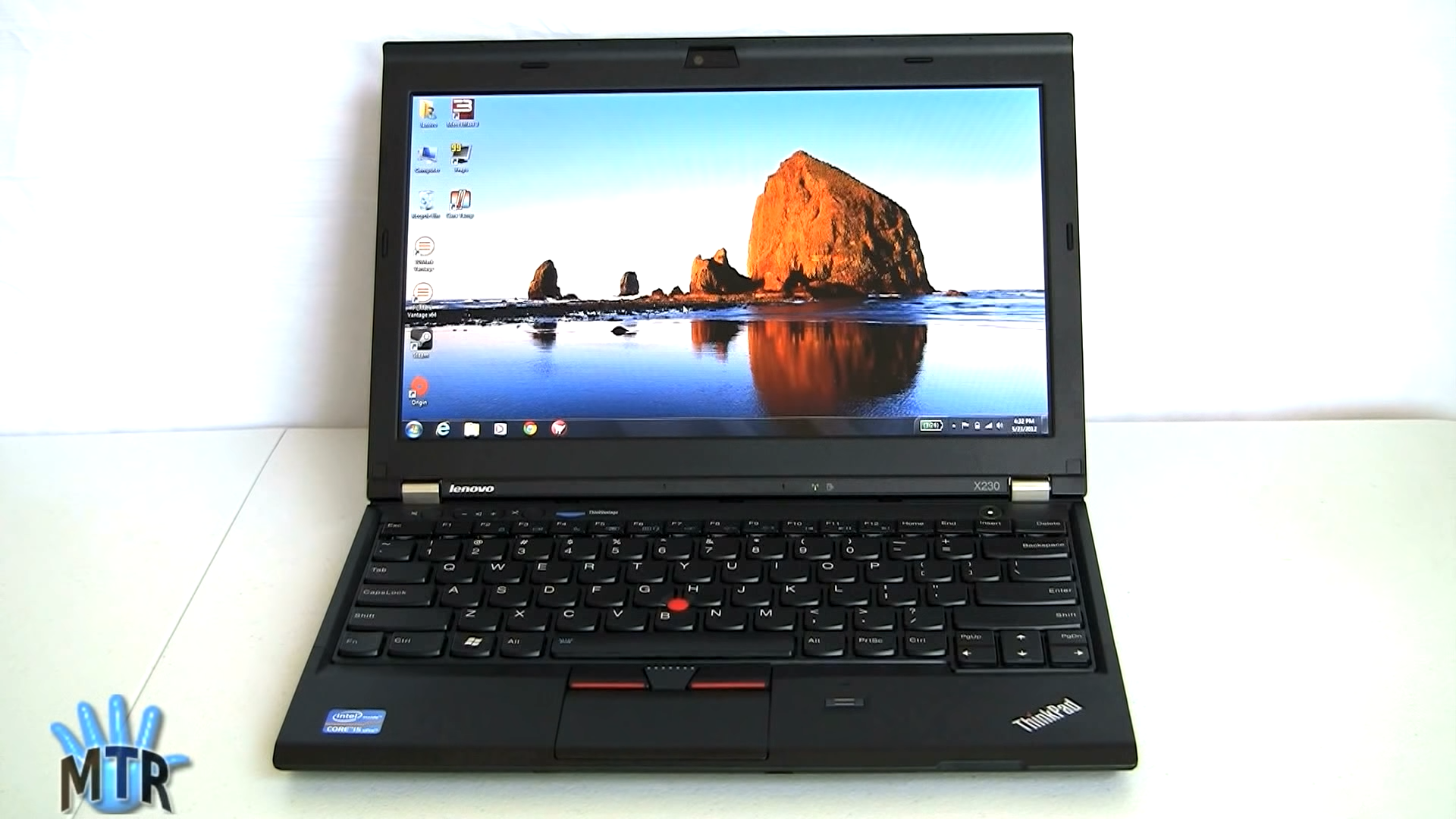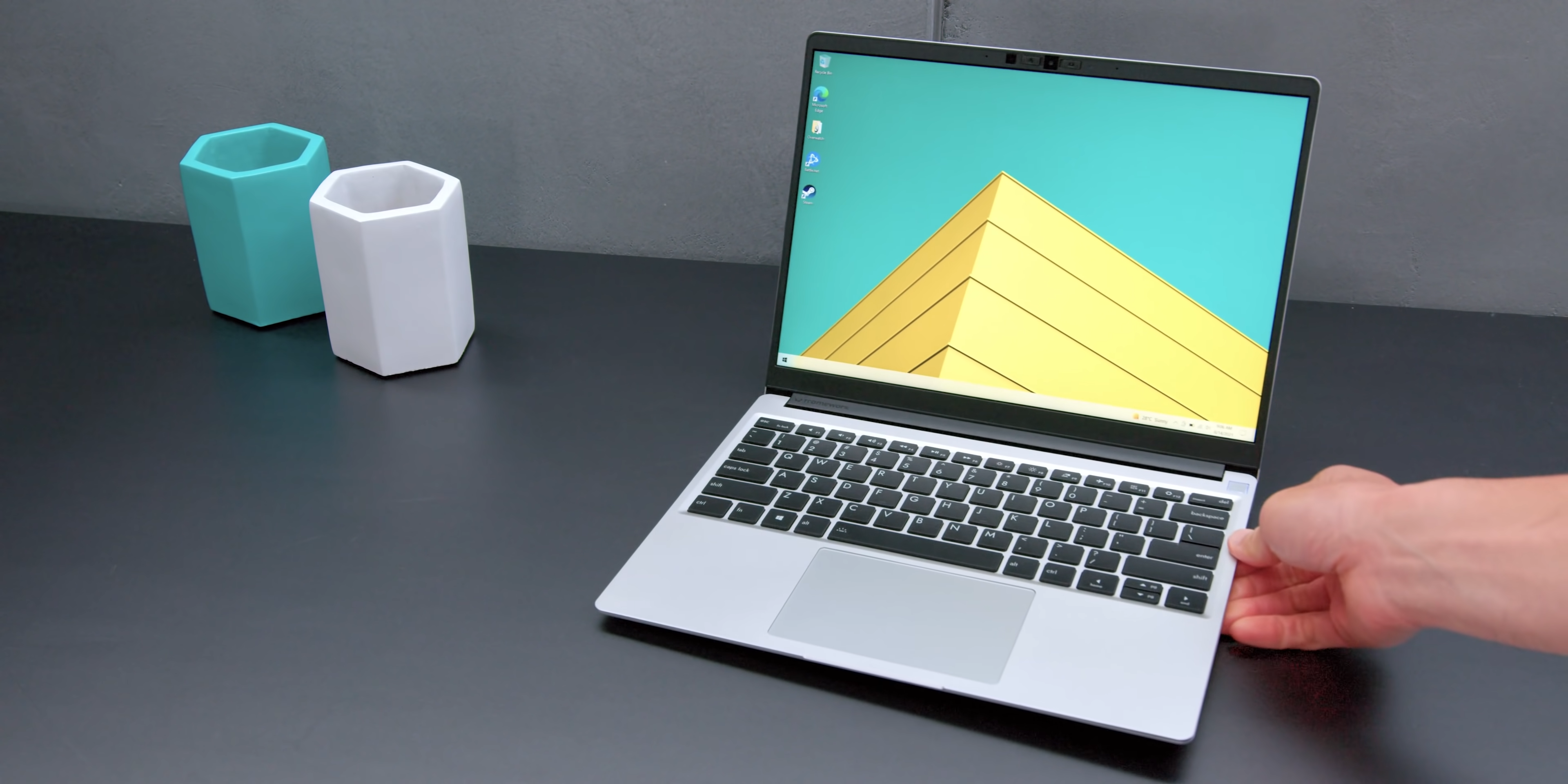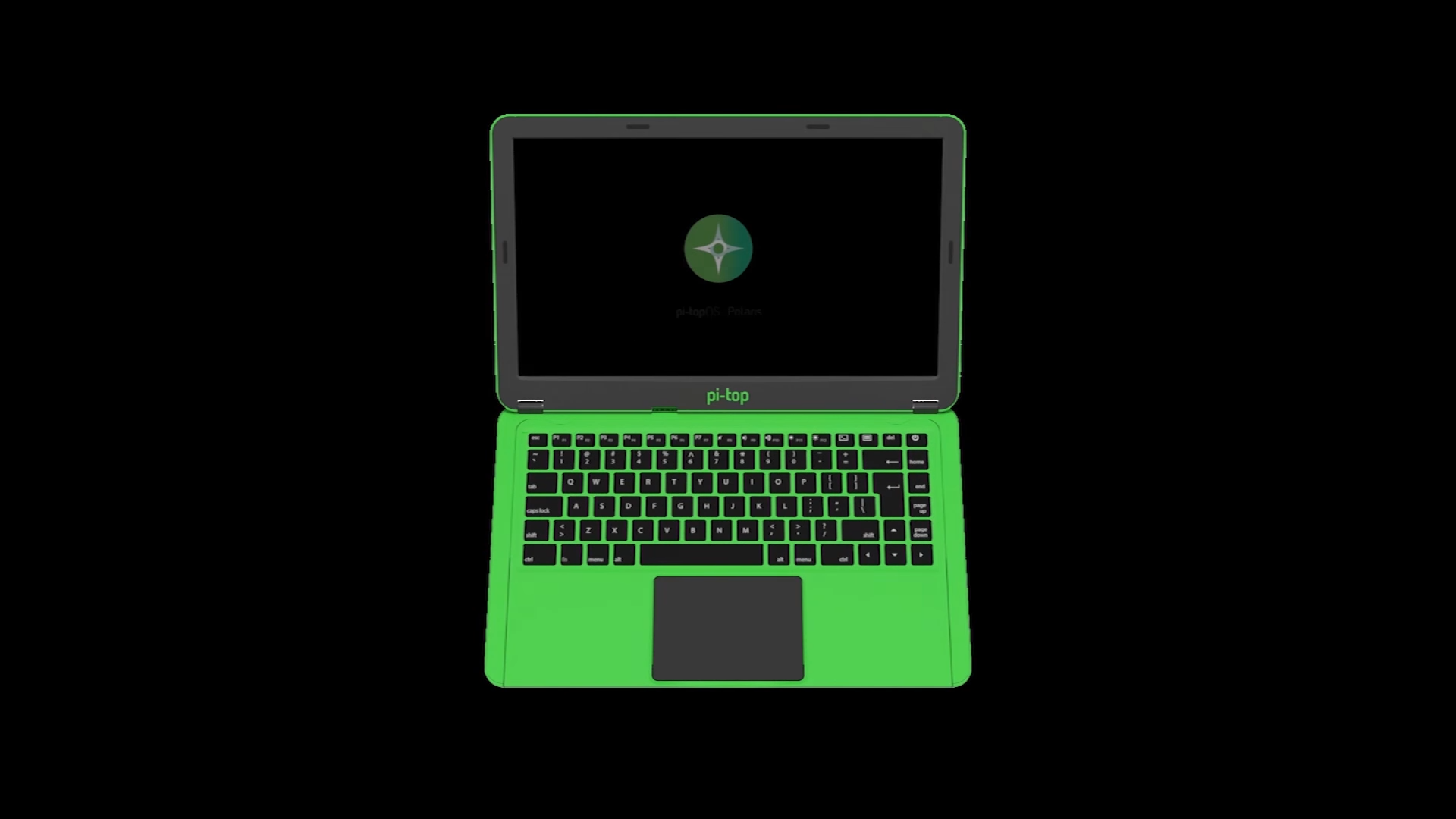The concept of modular computers isn't new. Most desktop PCs are easy to upgrade with easy-to-source parts and wide compatibility. Unfortunately, the same can't be said for laptops.
However, growing consumer demand and the increasingly powerful Right to Repair movement means the concept of modular laptops is growing in popularity. Both hardcore DIY open-source enthusiasts and regular consumers see the benefit of an upgradable computer that can be repaired at home.
Could modularity be the answer to building your own laptop? The answer depends entirely on your own philosophy and what kind of computer you need. Today we'll look at the options for modular laptops and how you can get started building your own.
What Is a Modular Laptop?
Before going on, we need to define modular laptops, and it's not as simple as it would first seem. In theory, any laptop with parts that are exchangeable is modular. Some would be hesitant to describe any laptop with replaceable parts as modular, though, especially since this could simply be a side effect of cost-cutting during production.
That said, it's hard to deny that there are modern laptops that are more modular than others. Many modern manufacturers have base-level laptops with replaceable RAM and SSDs. Simply upgrading both gives a massive performance upgrade, and in this sense they are probably the most powerful modular laptops around.
On the other end of the scale, you have projects like MNT reform, a completely open hardware and software project which is about as open in terms of hardware and software as possible.
Here every component is chosen with complete flexibility in mind. There's a trade-off, though. The MNT reform is a comparatively low-powered device with an Arm processor and costs $1,299 for the base kit you need to build yourself.
Yes, you are getting a completely secure and user customizable machine, but even budget Chromebooks give better performance for almost $1,000 less. If you are passionate about open hardware, happy to work under an Arm architecture, and don't need much in the way of power, the MNT reform is about as modular as you can get.
The other options fall broadly into three categories: decent base laptops that are upgradable, modular laptops, and completely DIY from-the-ground-up portable computers. Before we get into that, though, there are some things you'll want to avoid.
What to Avoid When Looking for a Modular Laptop
While there are some general consumer laptops that can be upgraded, many cannot. If you are technically minded, it can be easy to fall into a rage about the lost potential that soldered-in RAM and storage present. It's equally easy to imagine a grand conspiracy where planned obsolescence is the reason behind so many computers with nothing swappable or upgradable under the hood.
The truth is, the vast majority of consumers aren't interested in tweaking their devices, and using surface-mount components allows for much more compact and rugged designs.
Where does that leave the modular laptop enthusiast, though? Well, it does mean that certain manufacturers, and even types of computers, are off the table.
This includes pretty much all recent Apple products, most 2 in 1s and Chromebooks, and many mid-range laptops. There's no exhaustive list, but generally, searching a laptop's technical specifications or maintenance service guide is a good place to start. Alternatively, you could use the Crucial RAM Upgrade checker to see if a particular model has upgradable RAM.
As a general rule, any computer without replaceable RAM and hard drives should be avoided.
Modular Laptop Option #1: Upgrade
While upgrading an already complete laptop might not feel particularly in keeping with the DIY spirit, it's the only way to get a powerful laptop by modern standards. There are three ways you can go here:
Upgrade a New Model
The majority of gaming laptops and many higher-end media and work laptops are upgradable in one form or another. Notably, the expensive but powerful Lenovo ThinkBook 15 not only has upgradable RAM and SSD, but it has a spare empty M.2 slot for another drive.
Another notable option is the Dell XPS 15 (but not the XPS 13 2-in-1), which is similarly upgradable, with many spare parts available directly from Dell. If you are looking for a 2-in-1 that can be upgraded, the Microsoft Surface Pro X has upgradable storage but not RAM.
While buying a laptop specifically to upgrade is the least 'modular' approach, it probably will give you the most for your money if you are looking for a powerful, up-to-date machine.
Get a Barebone Laptop
For something somewhat more modular, a barebone laptop might be worth considering. These are laptops come only partially assembled, and you can either specify parts at purchase or source them yourself. There aren't a huge selection of barebone laptops out there, but sites like RJTech have options that will suit almost all tastes—and of course, you can decide exactly what to put inside it.
Modernize an Old Classic
There was a time when you could upgrade almost all laptops, but perhaps no laptop was quite so repairable as the IBM (later Lenovo) ThinkPad series. Pretty much every ThinkPad before the T480 can be upgraded in some way, and many have useful features like hot-swappable batteries and options for both regular and M.2 storage.
There are two ThinkPad modular upgrades that stand out, however. The first is for the much-loved X220/X230. There are a variety of mod kits available which allow you to fit a 1080p IPS display to the older machines. This, along with the wide variety of battery, RAM, and storage options available, can bring a ten-year-old device up to modern standards.
The second is something quite special. Xue Yao, a Singapore-based ThinkPad modder, has designed an all-new motherboard for the T60 and T61 series of laptops. It's a complete overhaul designed to work with the rest of the older hardware but with an 11th gen Intel i7 CPU and two RAM slots allowing up to 64GB RAM.
Not only can you use all the original ThinkPad hardware, but the new mainboard also allows for upgrades to the screen. This passion project takes an old design and makes it powerful even by modern standards, and like most passion projects, it is not cheap. The motherboard alone costs $1,500 SGD ($1,113 US) and can only be bought directly from the maker.
Modular Laptop Option #2: Get a Modular Laptop
While this section might seem a little obvious, there are a few modular laptops on the market. Most notable are the previously mentioned MNT Reform, the Alienware Area-51m, and the Framework laptop. As cool as it is, we've already covered the potential shortcomings of the MNT Reform, and the Area-51m is sadly already discontinued, but what about Framework?
Framework is a lightweight, modular notebook designed with full upgradability in mind. It's no surprise that people think Framework is a big deal because it seems so far as if this might just be the computer the Right to Repair movement and modular laptop enthusiasts have been waiting for.
Framework laptops can be bought in numerous configurations, but the base laptop is available from Framework directly, starting at $999.
Modular Laptop Option #3: Build Your Own
While it might seem a little daunting at first, you can build your own laptop for pretty cheap with everyone's favorite single-board computer: the Raspberry Pi. There are several methods out there to create a laptop with your Raspberry Pi, and even with a high-end model, it'll set you back less than most laptops.
Pi-top used to sell a ready-to-build Raspberry Pi laptop kit, but the project has moved on to a rugged case with a tablet screen and keyboard configuration. While not strictly a laptop, it's probably the easiest way to get a portable DIY computer going today.
Alternatively, you could design and build a custom laptop from scratch, but that's somewhat beyond the scope of this article!
While there isn't any one simple way to get a high-performance modular laptop, there are many options despite current trends to make laptops unmodifiable. If you do decide to go down the DIY route, a DIY laptop kit might be a great place to start!

